Not all kayaks have the same amount of work done and some outfitting is not shown here.
Some kayaks have more work than this one but those modifications (camera mounts) are not relevant to general paddling.
Most of the work depicted here is only possible on a composite lay-up and I use exclusively West System for my fiberglassing.
I currently don't have any ruddered kayaks in my fleet so there are not details of previous modification done to rudders.
Here is on overview of outfitting of a recently acquired British style kayak.

The numbers are referring to modification or additions that I have permanently attached to the kayak. Other items that are added for a particular outing are not depicted.
Each item that is light-blue has a hot-link pointing to the relevant article in GnarlyDog News.

Bow
1) retractable grab handle, replacing factory looped ones
2) pulley (block) for Flat Earth sail. Attached to deck anchor via Dyneema line
3) short tether line for quick anchor to piers (no article)
4) mast base for Flat Earth sail; under-deck is reinforced
5) recessed anchor for side stays (sail). Dyneema loops
6) protective tape for mast/boom joiner (possibly scraping deck when sail lowered_no article).
7) 3M Dual-Lock fastener for removable compass (often removed when surfing).
8) pulley (block) for boom of Flat Earth sail. Secured with recess anchor and Dyneema loop
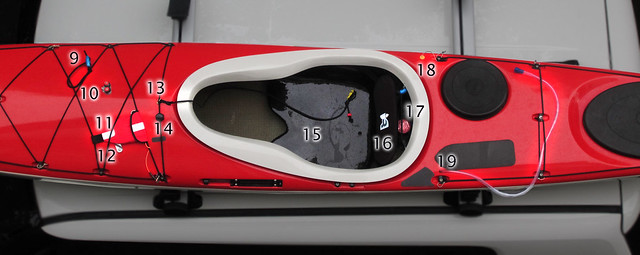
Midship
9) bungee loop for stowing lowered sail
10) cam-cleat for trimming boom
11) slim profile tow-line
12) cleat for up-haul on sail
13) paddle leash (anchor point)
14) magnetic switch for bilge pump
15) replacement DIY fiberglass seat
16) replacement back-band: Immersion Research (no article)
17) electric bilge pump
18) bilge pump outlet, away from the cockpit to prevent water being pumped back in
19) drinking system (below deck)
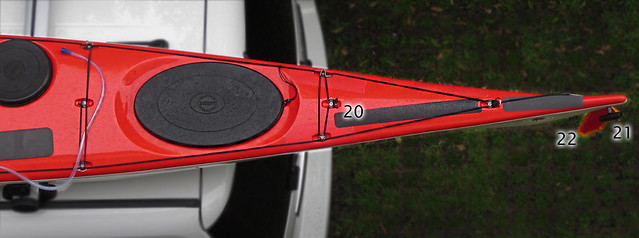
Stern
20) protective "deck thread" tape for spare paddle (prevent scuffing)
21) retractable grab handle
22) clip-on flag for car topping transport (removed before launch_no article)

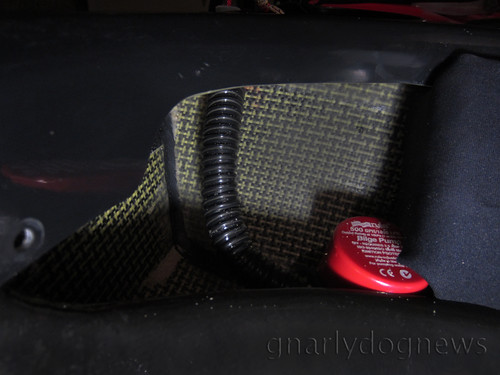
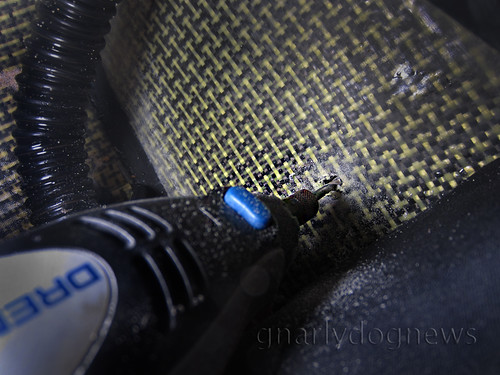

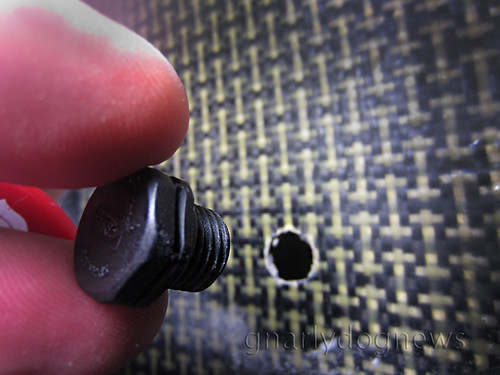
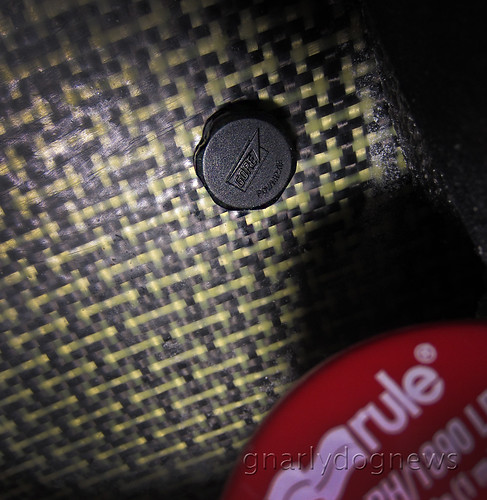




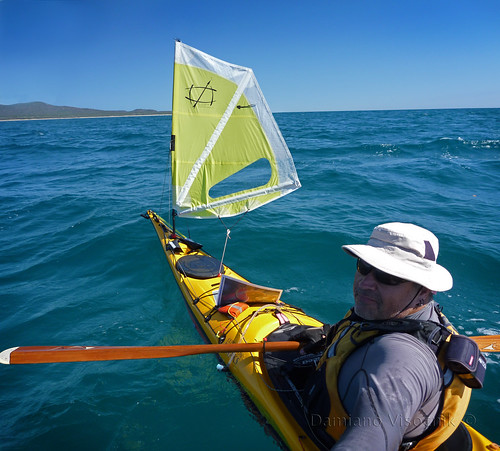
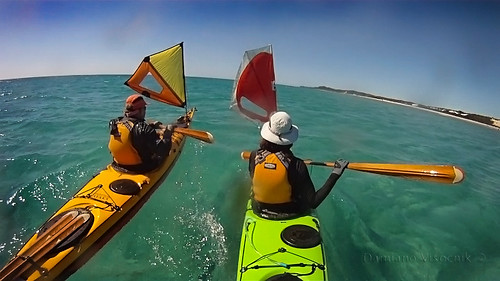
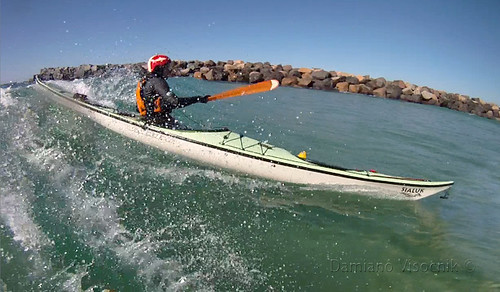
.jpg)
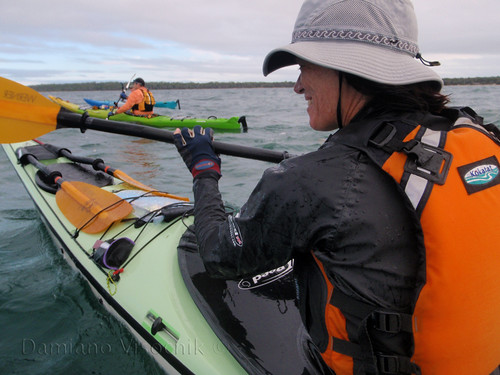
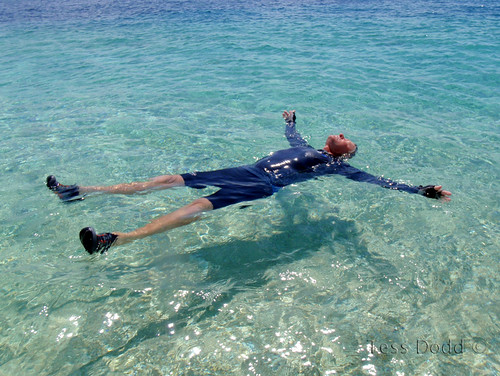
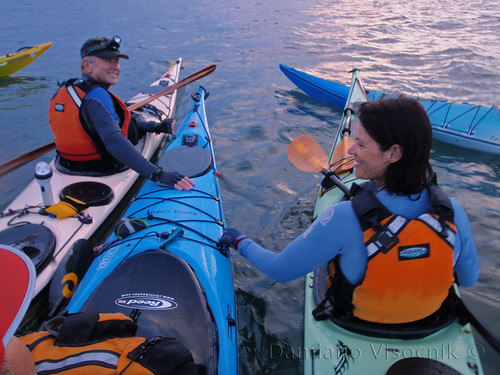


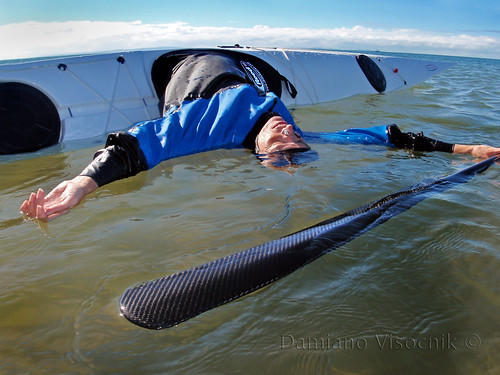

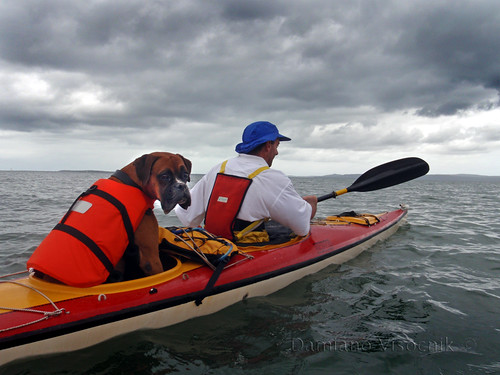

.jpg)



.jpg)



.jpg)
.jpg)
.jpg)

.jpg)
.jpg)
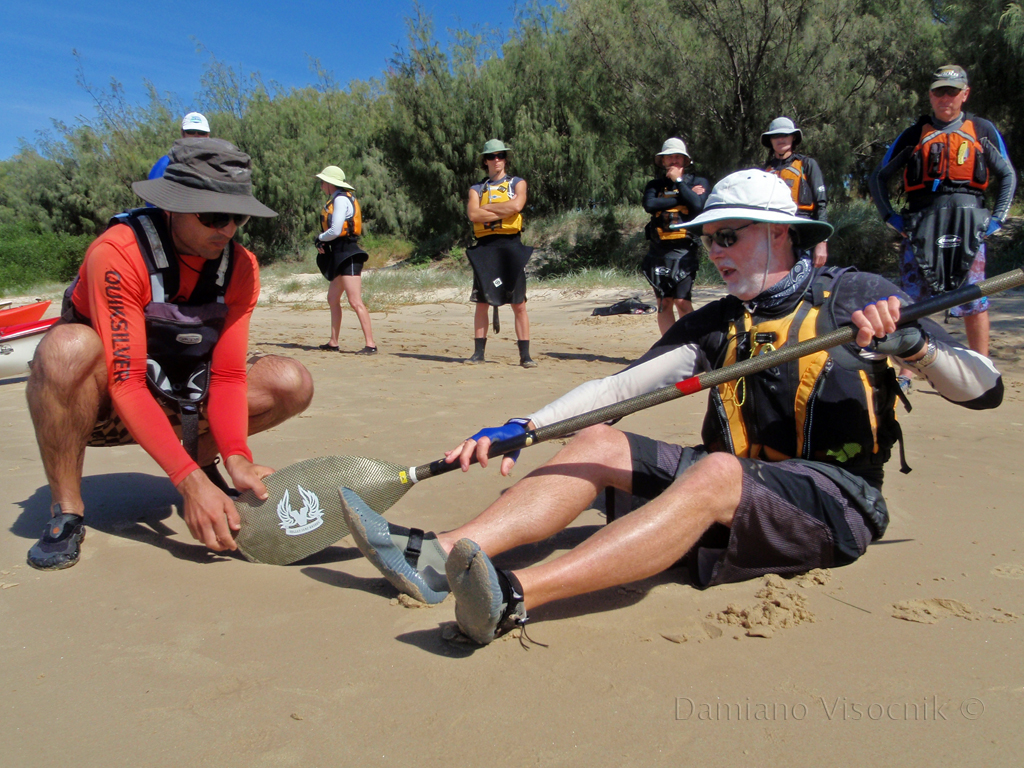
.jpg)

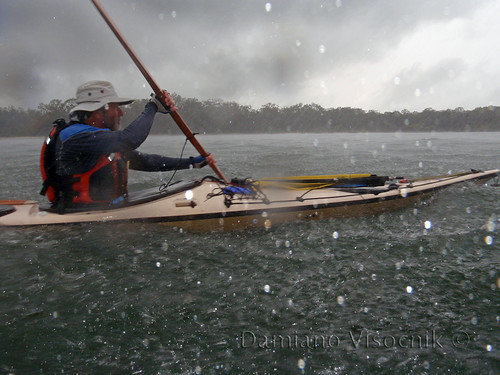




.jpg)


